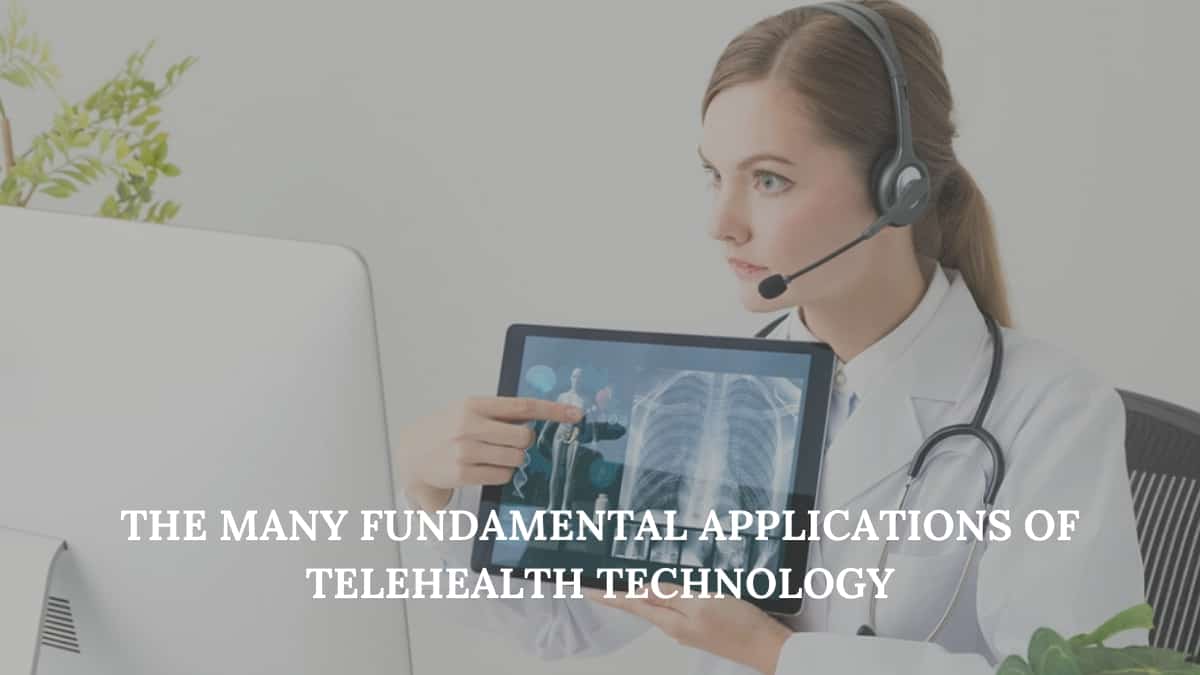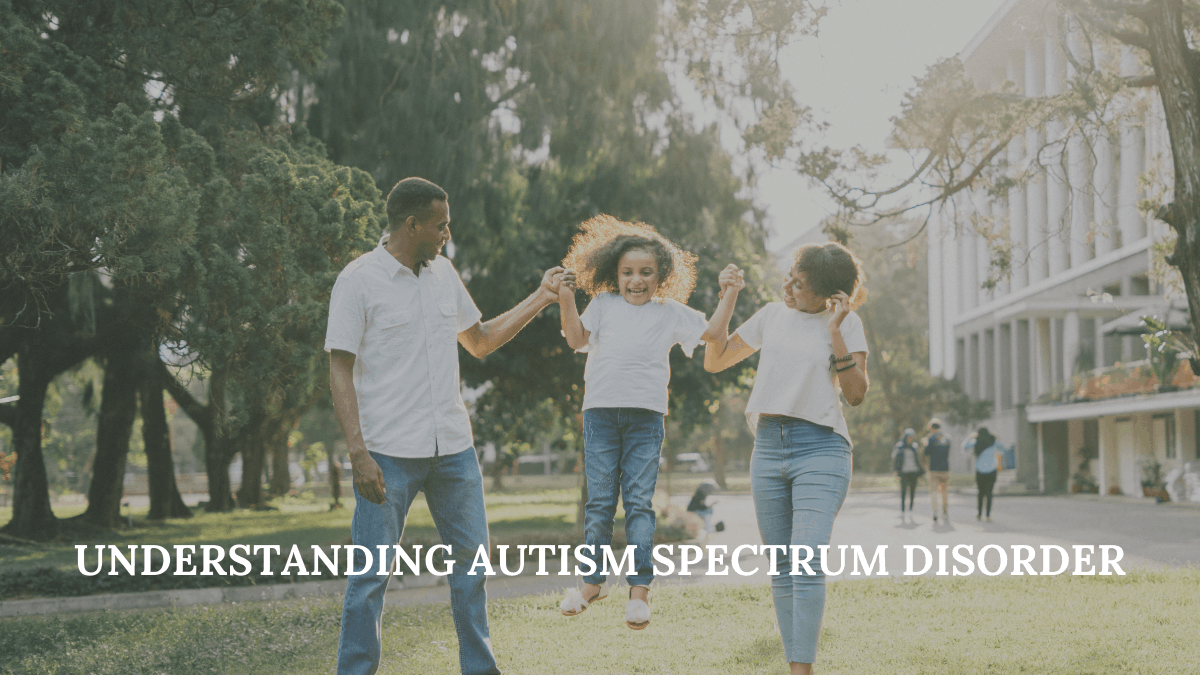
The Many Fundamental Applications of Telehealth Technology
As the world struggles to recover from the tragedy of an ongoing pandemic, Telehealth technology has emerged as a critical messiah that is not only helping save lives but is also determined to save our way of life pertaining to the impending economic crisis.
Telehealth technology has allowed patients to continue availing healthcare, while simultaneously making sure practitioners and their clinics stay operational and financially viable as the world faces an uncertain future in lockdown.
What is Telehealth technology?
Telehealth can very simply be defined as technology that facilitates the delivery of health care, health information and health education via remote technologies like computers or mobile phones. Telehealth provides patients with the tool to consult with their doctors from the comfort of their respective abodes. If recent times are taken into consideration, it allows for face to face communication without compromising on the concept of physical distancing.
The Benefits of Telehealth include:
- • Making Healthcare accessible for rural and isolated communities.
- • Access to behavioral and other medical specialists
- • Making services available for communities and people with limited mobility, or transportation options
- • Improved communication between doctors and patients
- • Improved self-management of health care practice
The below article is focused on how pervasive telehealth technology has become in our healthcare industry. We will be specifically focusing on some of its key applications in terms of providing efficient and adequate care.
So without much further let’s get started.
Telehealth Technology Applications
Today, many technologies are being pumped into the industry with the promise of forever associating telehealth with the service of healthcare. These technologies include mHealth – smartphones and tablets for telehealth, remote patient monitoring, digital photography, audio and video technology, forward and store technology and many more.
Remote Patient Monitoring (RPM)
Remote Patient Monitoring, aka RPM is technology that involves collection, reporting, transmission and evaluation of crucial patient health data via electronic devices. RPM technologies require patients to measure their health data and then transmit it to their physicians for further evaluation. RPM technologies in the form of wearable electronic devices are now being used to collect an array of crucial patient health information like cardiac stats, oxygen levels, and respiratory rates.
(mhealth) Mobile health Telehealth technology
You would be hard strung to find an individual today who does not own and use a smartphone. Smartphones have become tools that have defined human civilization at the turn of the 21st century. Smartphones can now be used for entertainment, calculations, business, education, financial purposes, and so much more.
So it is only fair that it be used to make healthcare convenient. mHealth basically refers to mobile apps and tools that patients use on their smartphones or tablets to avail healthcare. These applications allow users to set medications, appointment reminders and share information with their dedicated practitioners, just like DENmaar’s mental health medical billing application.
Thanks to mHealth, patients can now use asthma or diabetes management tools or talk face to face with their doctors via video conferencing.
Video Conferencing
Perhaps the most relevant, considering the times we are living in; video conferencing has been such a sweet gift of science to mankind. Loved ones can now interact with each other daily and quite conveniently from anywhere around the world, path-breaking trade deals can be closed immediately without any communication barriers, and of course, doctors can advise their patients without making them wait in the clinic or travel long distances.
Real-time video communication platforms are helping doctors and clinicians take better care of their patients without meeting them in-person. This technology has facilitated healthcare for rural inhabitants and soldiers and militants stuck away from civilization.
Store and Forward
Store and forward technology refer to the usage of storage and transmission technology to capture, store and transmit patient health information for asynchronous healthcare delivery. Information like CAT scans, MRI’s, photos, videos, etc. are captured from patients and sent to assigned specialists and practitioners to assist with their healthcare. Technology like secure email platforms, servers, and routers are used to temporarily store this information and send it to the appropriate recipient in time.
Future of Telehealth technology
With many big players jumping in to meddle with this technology, you can bet Telehealth technology will be a key healthcare player in times to come ahead. Big names like Amazon and Wal-Mart have already begun operations on introducing their own version of telehealth technology. We can hope that telehealth technology can work effectively in bringing down healthcare costs and make healthcare more accessible to all.
DENmaar’s TeleHealth Services
At DENmaar, our telehealth solution offers both patients and providers with a communication technology that allows the access and management of health care services from homes of patients or the practices of doctors. This teleconferencing feature allows practitioners to attend to their patients, on their computer screens, where-in they can consult and serve their clients without having to make them wait in their clinics or making them transit long distances.
All you have to do to access our feature, whether you are a provider or patient, is to sign up to our app and avail our telepsych feature.
Learn More
Understanding Autism Spectrum Disorder
It’s the month of April, also widely celebrated a World Autism Month among other events. However, given the severity of this condition, awareness about autism should be pervasive all year-round and not only for a single month. The awareness for autism commands a great amount of empathy from everyone as ASD’s vary among individuals suffering from it.
Certain therapies and treatments can do wonders for some while being completely futile for others. Caregivers like parents and nurses can also harbor different opinions on how to best deal with a condition of ASD.
This article is focused on not only spreading awareness about Autism but also helping parents and other caregivers better manage the conditions in their loved ones.
What is Autism Spectrum Disorder?
Autism Spectrum Disorder, or as it is popularly known as ASD is a complex developmental condition that saddles individuals suffering from it with challenges like inept social interaction, speech problems, non-verbal communication, and repetitive behaviors. The severity of ASD’s varying from person to person.
ASD is quite frequently first diagnosed in childhood, with signs first becoming noticeable around 2-3 years of age. Some children with autism may develop normally before ultimately losing all their previously gained skills.
The CDC estimates that at least one in 59 children have autism. It is also more common in boys than in girls, and the girls who do have ASD exhibit less obvious signs than boys. Although ASD is a permanent condition, many children who are diagnosed with the condition go on to live normal and independent lives.
The Characteristic of People suffering from ASD
Like we said, no two people will show the same behavioral signs when dealing with autism. Symptoms can mild or severe and change as time passes by. Some of the common characteristics are as follows:
Social and Communication Problems
This includes exhibiting difficulty in having a straight forward normal conversation, not showing interest, or sharing emotions. Issues in trying to understand social cues like eye contact or facial expressions.
Difficulty in Empathizing with People, things and events
Trouble in making friends, interacting with people and not making eye contact
Repetitive behaviors
This can include a number of things, mainly pertaining to hand flapping, flipping objects, lining up toys, speaking in gibberish or atypical manner, exhibiting interest in unusual activities, toe walking, etc.
It is important to note, that while many children with ASD have normal intelligence, some have very mild and significant intellectual delays.
Diagnosis
Early diagnosis of ASD is crucial in parents and caregivers being able to manage this condition. It is the only way by which a child’s symptoms can be reduced and his life ultimately improved. Like we said there is no definitive cure-all for autism spectrum disorder. It is mainly diagnosed by the obstinate observance of the child’s behavior like he talks and interacts with other children his age.
Trained practitioners can easily diagnose the condition by talking to the child and enquiring with his/her parents and caregivers. It is in compliance with federal law that any child suspected of having any kind of developmental disorder should be given a free evaluation. It is highly recommended that the child undergo all sorts of screening procedures to identify developmental disorders, if any, by age three.
If you have doubts about whether or not your child is developing properly, then bring it to the attention of your practitioner immediately. Every second is precious in handling the condition of autism wisely.
The CDC (Center for Disease Control and Prevention) identifies the following red flags as possible signs of ASD:
- • Not responding to his/her name by 12 months of age
- • Not pointing out to objects to display interest by 14 months of age
- • Getting upset very easily
- • Spinning in circles, flapping their hands incessantly
- • Having unusual and intense reactions to sight, smell, taste and feel
- • Avoiding eye contact
- • Preferring loneliness
- • Not playing ‘pretend’
As of now, no expert has clear answers on what actually causes autism. It can be due to genes, or the condition and environment in which a child is born and raised. A child is also at a greater risk of having autism, if there is a close family member who is already suffering from the condition.
How Autism is Treated
As of now there is really no cure for the condition of Autism. However, there are many therapies and treatments that can help people alleviate their symptoms and feel much better.
Some of those treatments are listed below
- • Behavioral Therapy
- • Play therapy
- • Occupational therapy
- • Speech therapy
- • Physical therapy
Alternative Treatments
Many alternative treatments are also in effect today, some of them include the following:
- • High dose Vitamins
- • Hyperbaric oxygen therapy
- • Melatonin to handle sleep issues
The research on these treatments is mixed, and results may vary from person to person. It is highly advisable to weigh the research and financial costs of such treatments before considering them for you or your loved ones.
Tips for Parents and Caregivers
Parents can really help their child overcome the problems posed by ASD by following the below simple tips:
- • Learn and be well informed about Autism Spectrum Disorder
- • Provide consistent structure and routine
- • Seek professional help
- • Build a rapport with other parents who are raising children with autism
- • Take your time and be patient while dealing with your child
DENmaar Partners with Autism Lizard to Offer Efficient Autism Management Program
A child with autism can be extremely stressful for the entire family. Handling it can be a headache, very time consuming and break your savings. DENmaar knows how important it is to take into account the emotional and physical health of the entire family, and thus have partnered with premier behavioral training service providers who offer legit, tried and tested autism solution for your family at an affordable price. DENmaar clients and subscribers can now avail tempting discounts for Autism lizards Family Autism Independence System program. Offer is available for a limited time only, so HURRY!!
Learn More